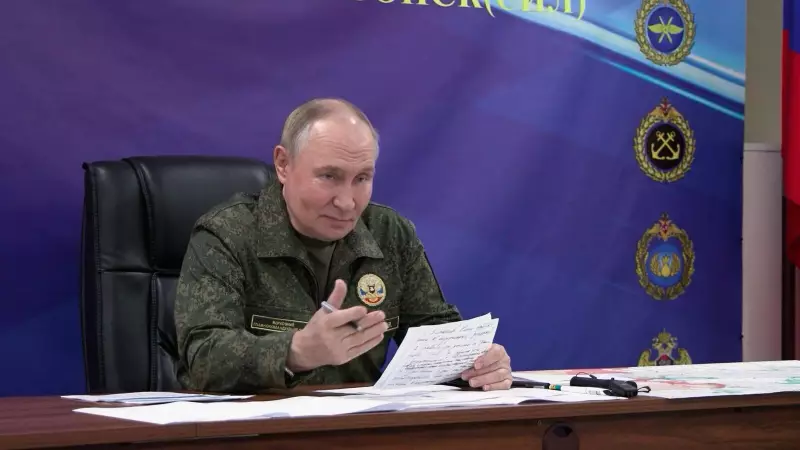
In a strategic move that has sent shockwaves through global defence circles, Russian President Vladimir Putin has officially unveiled the Burevestnik nuclear-powered cruise missile, a weapon system so advanced that no other nation on Earth possesses comparable technology.
The Game-Changer in Modern Warfare
During high-level discussions about Russia's ongoing military operations in Ukraine, Putin confirmed the operational status of this revolutionary weapon. The Burevestnik represents what military experts are calling a paradigm shift in missile technology, fundamentally altering the balance of global power.
What makes the Burevestnik truly extraordinary is its nuclear propulsion system, which grants it virtually unlimited range. Unlike conventional missiles constrained by fuel limitations, this weapon can remain airborne indefinitely, circling the globe while waiting for deployment orders.
Technical Marvel That Defies Conventional Defence
The Burevestnik's unique characteristics create unprecedented challenges for existing air defence networks:
- Unlimited operational range due to nuclear propulsion
- Extremely low-altitude flight capabilities that evade radar detection
- Ability to carry both conventional and nuclear warheads
- Potential to change course mid-flight, making interception nearly impossible
Global Implications and Strategic Balance
This revelation comes at a critical juncture in the Russia-Ukraine conflict, serving as a powerful demonstration of Russian military innovation. The timing of this announcement appears calculated to reinforce Russia's strategic position amid ongoing geopolitical tensions.
Military analysts worldwide are scrambling to understand the full implications of this technological breakthrough. The Burevestnik effectively renders traditional missile defence systems obsolete, as it can approach targets from unexpected directions and remain airborne far longer than any existing interceptor missiles.
Historical Context and Development Timeline
Russia's pursuit of next-generation missile technology isn't new. The Burevestnik program, known in NATO circles as SSC-X-9 Skyfall, has been in development for years. However, previous tests had encountered significant technical challenges, making Putin's confirmation of operational status particularly noteworthy.
The development timeline reveals a determined Russian effort to overcome technological barriers:
- Initial concept development and testing phases
- Overcoming nuclear propulsion challenges in compact systems
- Successful integration of guidance systems with nuclear power
- Final operational deployment and strategic positioning
International Response and Future Scenarios
The global community faces a complex dilemma in responding to this technological advancement. While some nations may call for renewed arms control discussions, others will likely accelerate their own advanced weapons programs to counter this new threat.
The Burevestnik's deployment raises critical questions about the future of nuclear deterrence and global security architecture. As nations grapple with this new reality, the very foundations of modern defence strategy may require fundamental re-evaluation.
What remains clear is that Russia has demonstrated a technological capability that places it in a category of its own in this specific weapons domain. The world now watches to see how other global powers will respond to this unprecedented military development.





